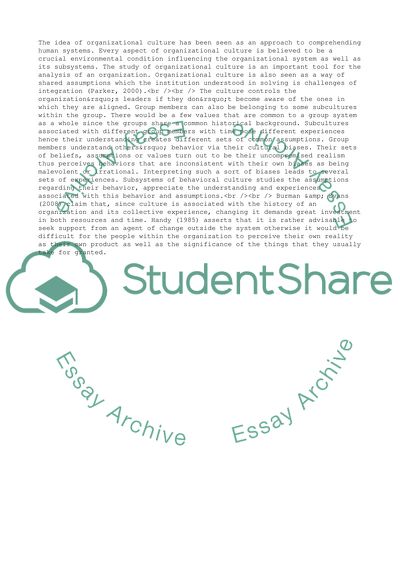Cite this document
(Organizational Culture: Situational Analysis of Shared Leadership in a Research Proposal, n.d.)
Organizational Culture: Situational Analysis of Shared Leadership in a Research Proposal. https://studentshare.org/management/1723890-research-methods
Organizational Culture: Situational Analysis of Shared Leadership in a Research Proposal. https://studentshare.org/management/1723890-research-methods
(Organizational Culture: Situational Analysis of Shared Leadership in a Research Proposal)
Organizational Culture: Situational Analysis of Shared Leadership in a Research Proposal. https://studentshare.org/management/1723890-research-methods.
Organizational Culture: Situational Analysis of Shared Leadership in a Research Proposal. https://studentshare.org/management/1723890-research-methods.
“Organizational Culture: Situational Analysis of Shared Leadership in a Research Proposal”. https://studentshare.org/management/1723890-research-methods.


